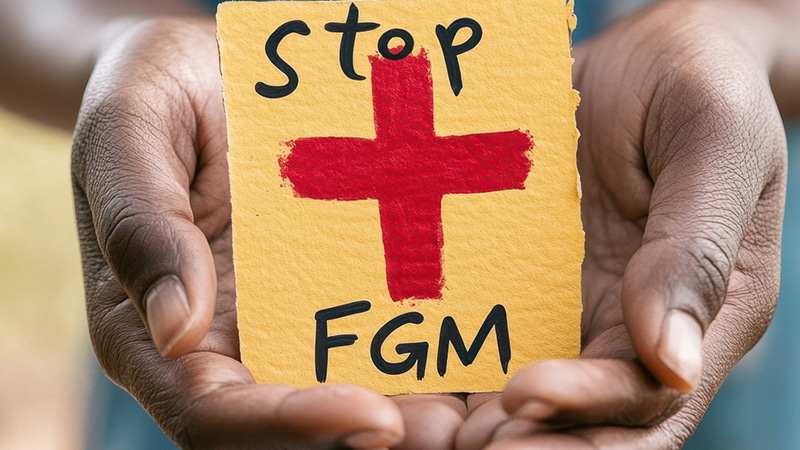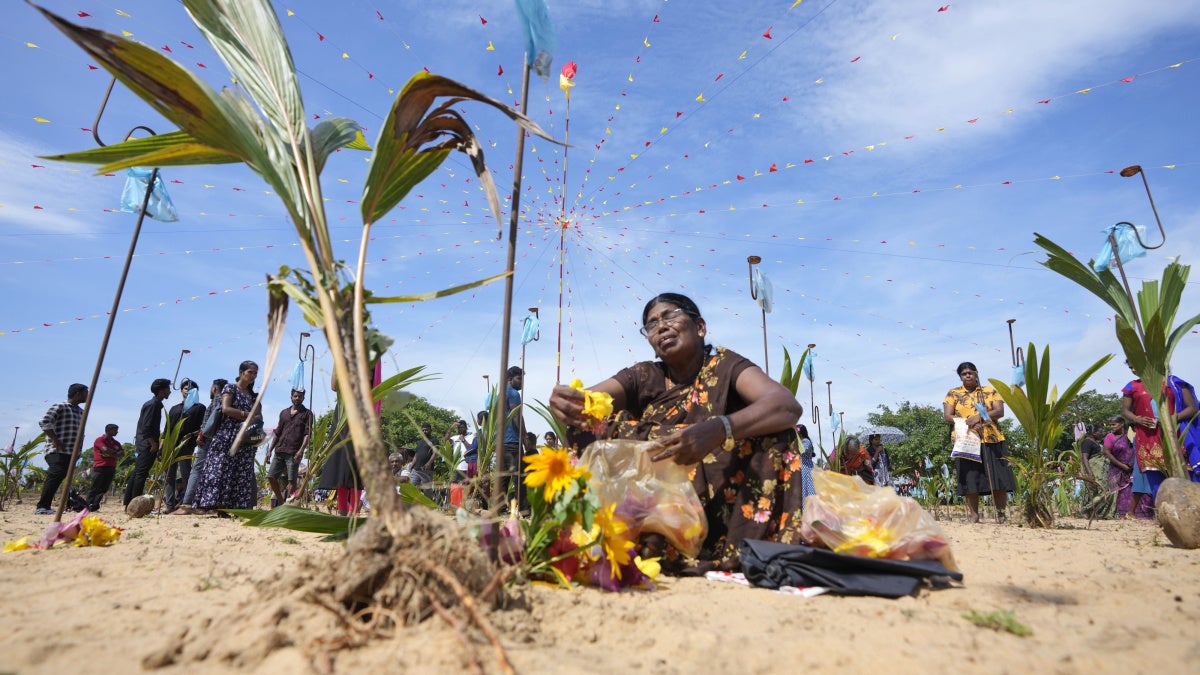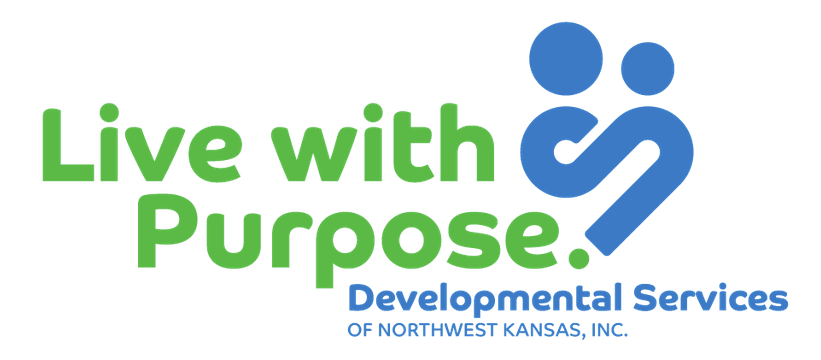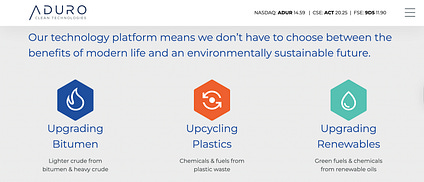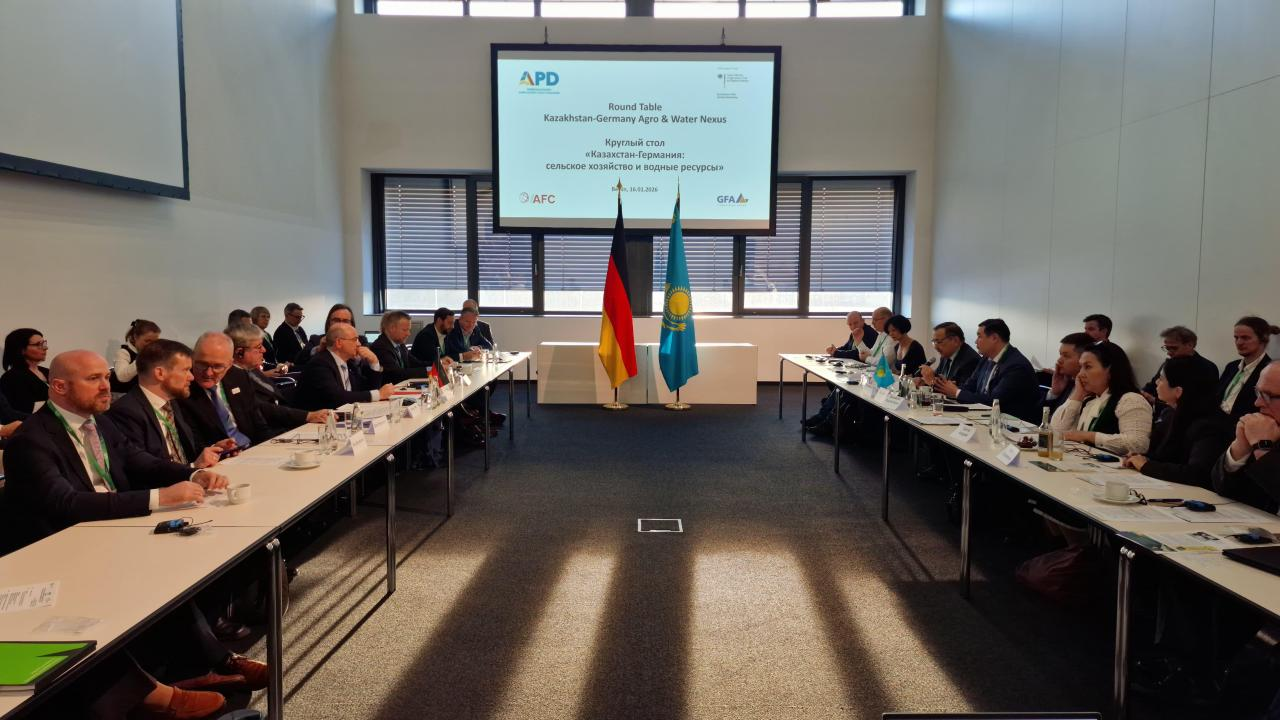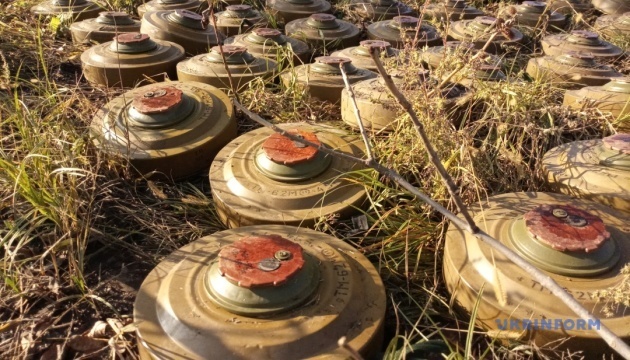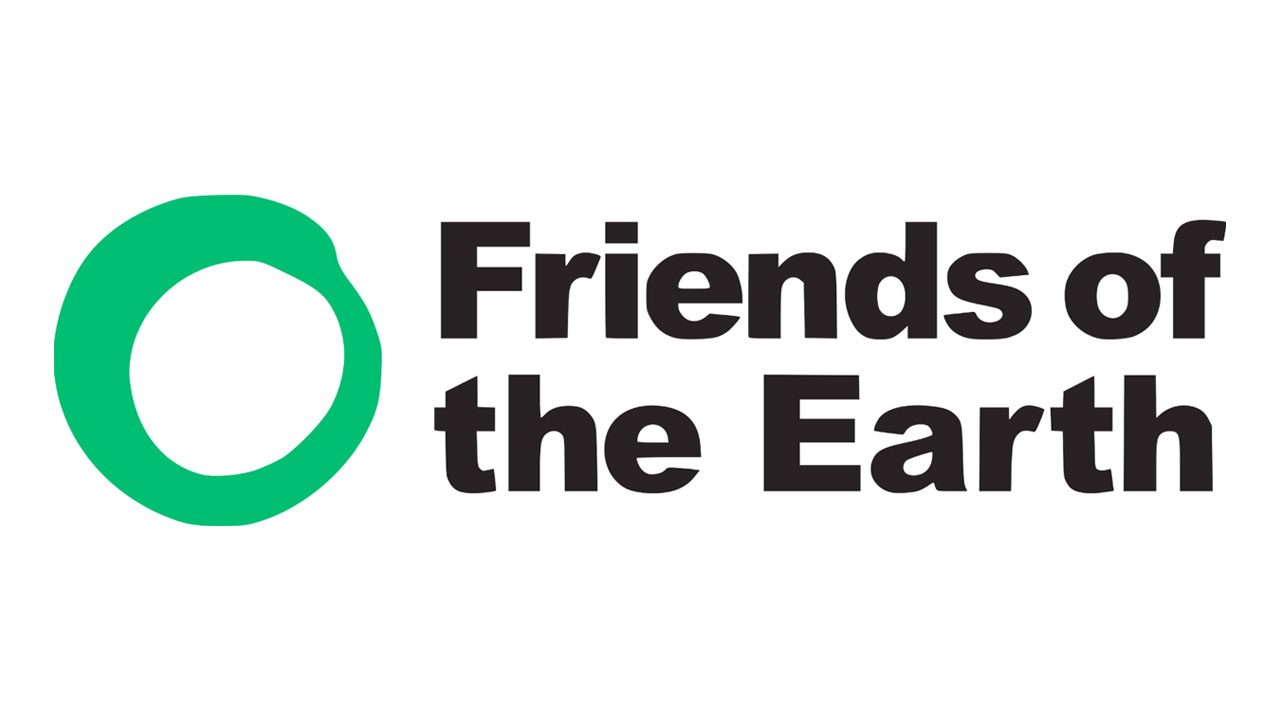India ranks 111th of 125 on Global Hunger Index. What it means & why govt says it’s ‘erroneous’
India ranks 111th out of 125 countries on the Global Hunger Index 2023, signaling a 'serious' hunger level. Despite the government's dispute over the findings, healthcare experts stress the importance of addressing child malnutrition, with India having the world's highest child wasting rates. Regardless of international reports, the challenge remains.
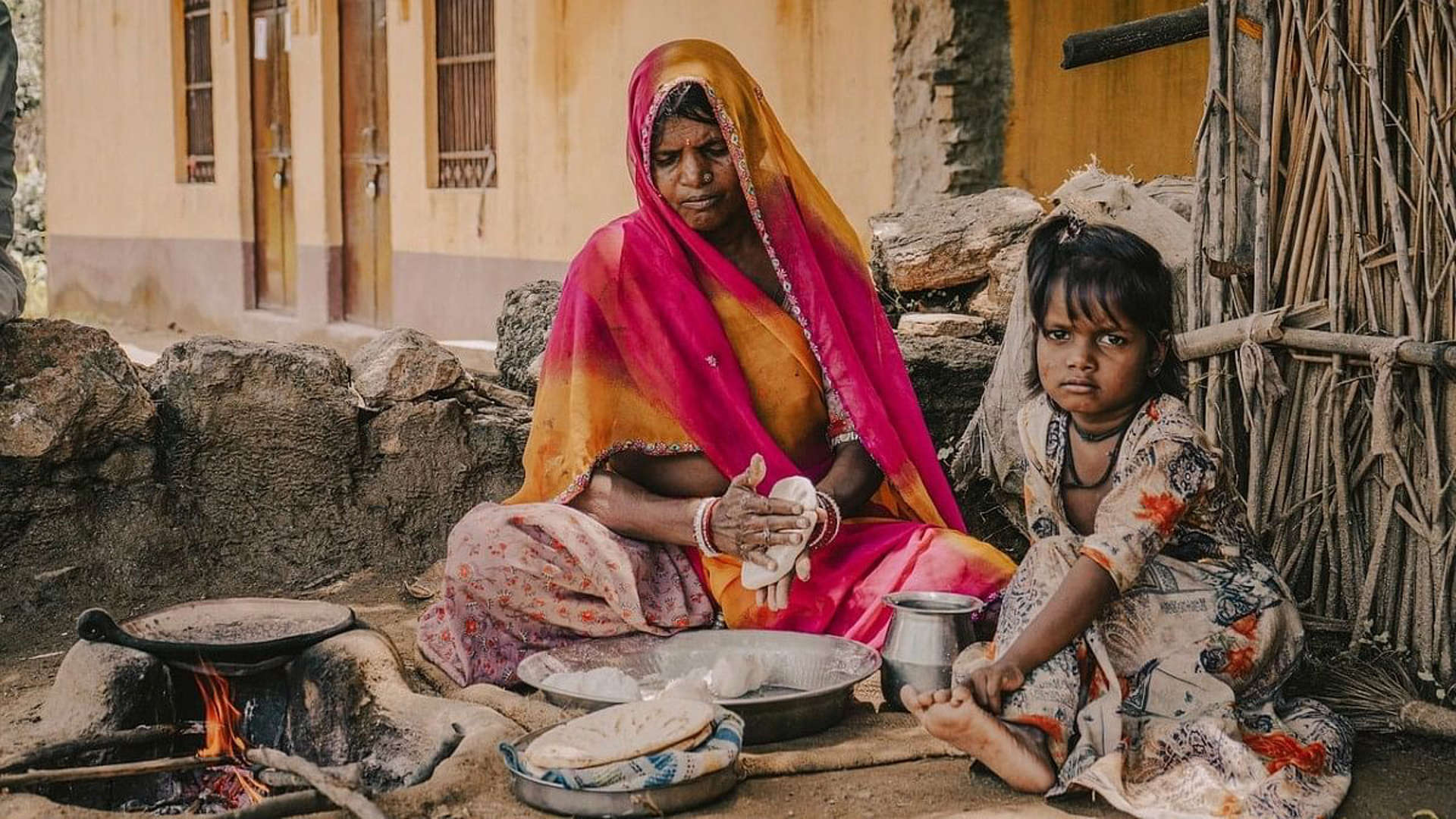
New Delhi: The Global Hunger Index (GHI) 2023 report ranked India 111 out of 125 countries, with a score of 28.7 — indicating a ‘serious’ level of hunger in the country. While the Indian government has rejected the findings of the report, terming its methodology “erroneous”, an expert in the field says India should focus on improving poor child nutrition levels, regardless of what any index says.
The GHI is an annual peer-reviewed report that tracks hunger in countries on a multi-dimensional scale. According to the report, released Thursday, China, Pakistan, Myanmar, and Bangladesh all continue to rank higher than India on the index compiled annually by international NGO Concern Worldwide and German private aid agency Welthungerhilfe.
India falls in the ‘serious’ category of the ‘Hunger Severity Scale’ of the GHI, similar to last year, when it ranked 107 out of 121 countries. The scale ranges from 50 (extremely alarming hunger).
However, the problem area, in India’s case, is the child wasting rates.
Child wasting rates indicate acute undernutrition, according to the GHI, and India has the highest rates in the world — 18.7 percent in 2023, as against 19.3 percent in 2022.
In response to the report, the Ministry of Women & Child Development in a statement issued Thursday, said the report had “serious methodological issues” and a “malafide intent” and that it “continues to be an erroneous measure” of hunger.
Countering the GHI findings, the ministry cited central government schemes including Mission Saksham Anganwadi and Poshan 2.0, which are aimed at challenging malnutrition in the country.
“Three out of the four indicators used for calculation of the index are related to the health of children and cannot be representative of the entire population,” it said.
The ministry further contended that the “fourth and most important indicator ‘Proportion of Undernourished (PoU) population’ is based on an opinion poll conducted on a very small sample size of 3000”.
However, Dr Arun Gupta, central coordinator of the Breastfeeding Promotion Network of India (BPNI), told ThePrint that, regardless of the findings of international reports or their veracity, the issue of malnutrition in India remains.
“A child who is malnourished requires the same set of interventions regardless of what any index reports,” said Gupta, formerly a member of the Prime Minister’s Council on India’s Nutrition Challenges. “Instead of denying or rejecting international reports, we should focus on reducing malnutrition in the country,” he added.
Also Read: As PM’s ‘Mann ki Baat’ urges awareness, experts say malnutrition as much a food availability issue
Methodology & sources
According to its stated methodology, the Global Hunger Index uses published data from “internationally recognized sources”.
It looks at four main categories: undernourishment (percentage of population with insufficient caloric intake), child wasting (percentage of children under 5 with low weight for their height), child stunting (percentage of children under 5 with low height for their age), and child mortality (percentage of children who die before the age of 5).
It used data from sources that are included in the WHO’s Joint Child Malnutrition Estimates (JME) and the WHO Global Database on Child Growth and Malnutrition.
For India, these included the National Family Health Survey (2019-2021), which is conducted by the Government of India, the United Nations Inter-Agency Group for Child Mortality Estimation report (UN IGME), and the State of Food Security and Nutrition in the World (SOFI) report by the United Nations’ Food and Agriculture Organization (FAO).
The latest SOFI report is what the Government of India has cited to raise an issue with the GHI. The SOFI report had pegged the undernourishment value of India at 16.6 percent, based on information provided by the FAO.
The FAO normally relies on data from every country’s household consumption and expenditure surveys to calculate the prevalence of undernourishment (PoU). India’s last available household consumption and expenditure data is for the year 2011-12, since the 2017-18 data was not released by the government due to issues with the ‘quality of data’.
In places where suitable national survey data is not available, the FAO has to rely on the Food Insecurity Experience Scale (FIES) to calculate the PoU. The Food Insecurity Experience Scale (FIES) that the SOFI report relied on is a poll with eight questions asked to 3,000 respondents, to calculate the undernourishment value of India.
According to the ministry’s statement, this data is “not only wrong and unethical but reeks of obvious bias”.
The ministry also stated that the GHI should have used data from the Poshan Tracker application, launched in 2021 by the government to track child healthcare indicators.
However, the GHI website clarifies that the Poshan Tracker data is not verified by either the Joint Malnutrition Estimates and/or the WHO Global Database on Child Growth and Malnutrition.
The statement issued by the ministry also said that there was “hardly any evidence” that child mortality, one of the key indicators in the report, was caused by hunger.
“Be it undernutrition, lack of access to healthcare, or breastfeeding — they are all due to system failures,” Gupta told ThePrint. “You can call it a hunger index or a health index if it makes it more accurate, but the numbers stay the same.”
What is Your Reaction?
 Like
1
Like
1
 Dislike
0
Dislike
0
 Love
0
Love
0
 Funny
0
Funny
0
 Angry
0
Angry
0
 Sad
0
Sad
0
 Wow
0
Wow
0












